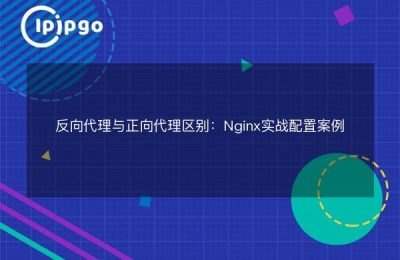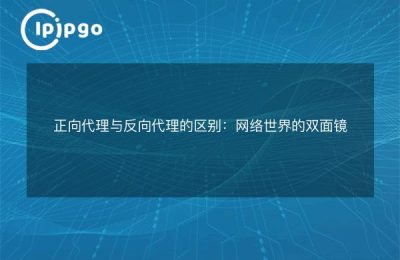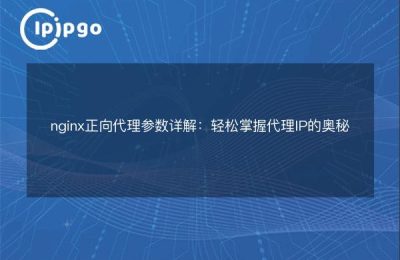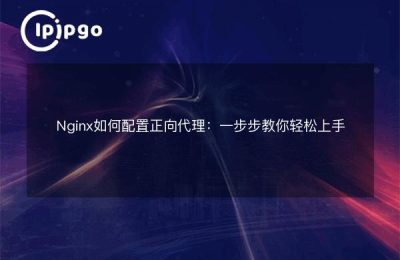
Explanation and Application of Positive Agents
Hey students! Today I'm going to explain to you a very important but also a bit mysterious concept - forward proxies. You might be a bit unfamiliar with the term forward proxy, but trust me, it plays a crucial role in the online world. So, what exactly is a forward proxy?
What is a Positive Proxy
First, let's look at the English explanation of Forward Proxy, which is called "Forward Proxy". Well, Forward Proxy means that a proxy server acts as a middleman between the client and the target server. Sounds a bit abstract, doesn't it? Let me give you an example to help you understand it better.
Let's say you're visiting a Web site that's been compromised, but you want to access some of the information. You can use a forward proxy to help you "break through" the firewall. When you make a request, the forward proxy server forwards your request to the target server, and then returns the response from the target server to you. Hey, this way, you will be able to successfully access the external website!
So why use a forward proxy? Heck, I'll tell you, forward proxies can be used for more than just accessing the website being used! Here, let's take a look at some of the scenarios in which forward proxies can be used!
Application Scenarios for Forward Proxies
1. Breaking Network Restrictions: Positive proxies can help you access blocked or restricted access sites, like some internal sites on a LAN, or those blocked for political or commercial reasons.
2. Speed up access: When you visit a website, the forward proxy can cache data and pass it to you. This way, if other people are visiting the same site, you can get the data directly from the forward proxy cache, thus speeding up access.
3. Improved security: By using a forward proxy, you can hide your real IP address and identity. This is useful for users who need to protect their privacy. In addition, forward proxies provide additional security by filtering or blocking malicious attacks, viruses and other threats.
So, now that you know the definition and application scenarios of forward proxies, let's see how to use them in your code!
Using forward proxies in code
Okay, students, it's time to learn some real-world practices! Let's take a look at Python as an example of how to make a network request using a forward proxy.
First, we need to import the requests library, if you don't already have it installed, you can use the following command to install it:
“`
pip install requests
“`
Next, let's write a sample code to make a network request using a forward proxy:
"`ipipgothon
import requests
proxy = {"http": "http://代理服务器IP地址:端口号"}
url = "http://目标网站的URL"
response = requests.get(url, proxies=proxy)
print(response.text)
“`
What this code means is that we send a GET request using the IP address and port number of the forward proxy server and print out the response. Isn't it very simple?
However, students should note that you need to replace the "Proxy Server IP Address" and "Port Number" in the above code with the IP address and port number of the actual forward proxy server you are using.
We've finished learning about forward proxies in English and their applications! Through this article, you should now have a more in-depth understanding of forward proxies, and know some of its application scenarios and code examples.








